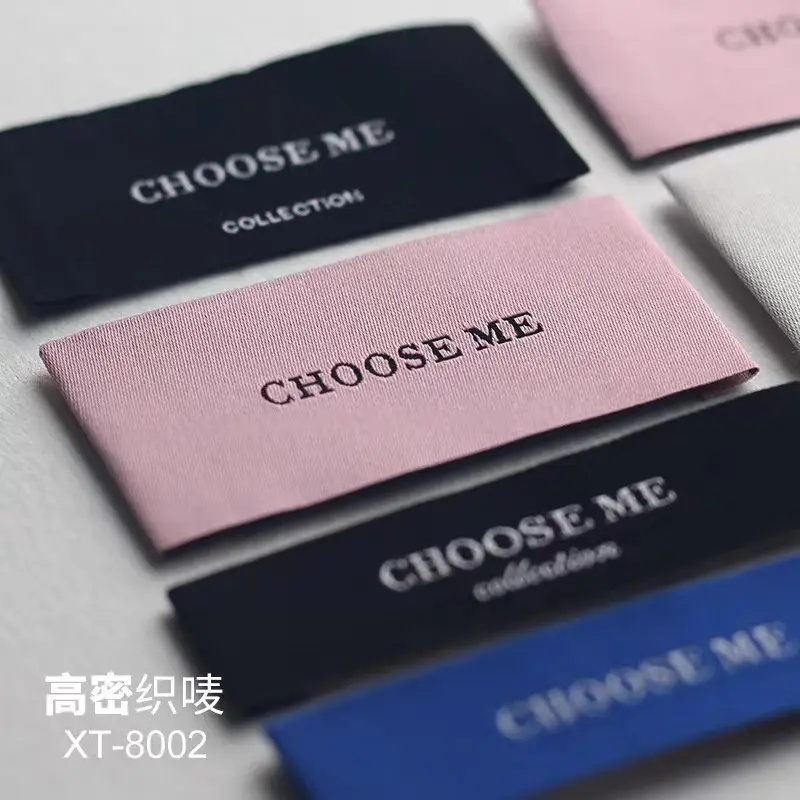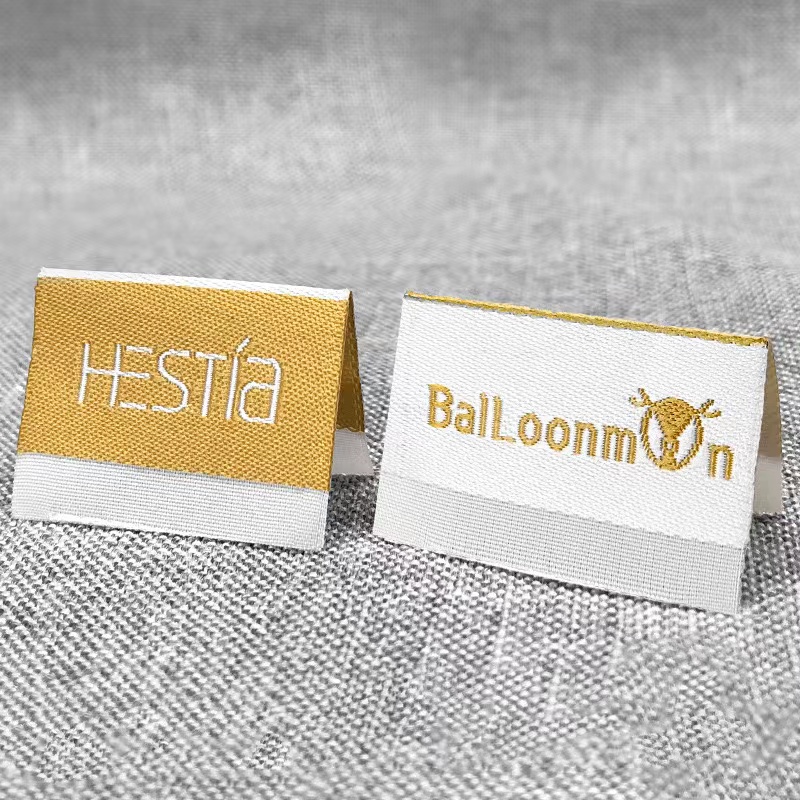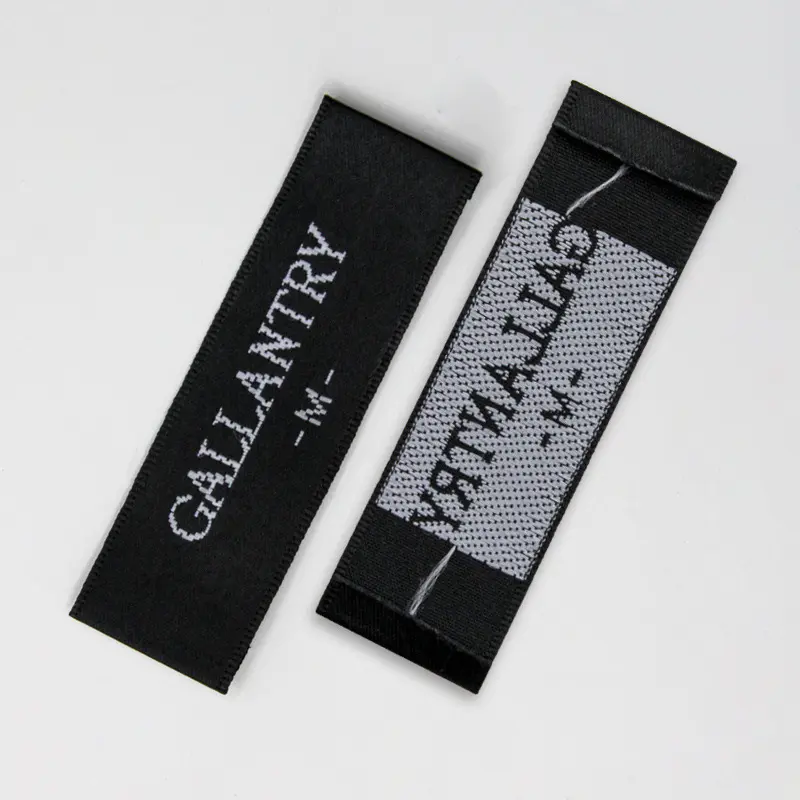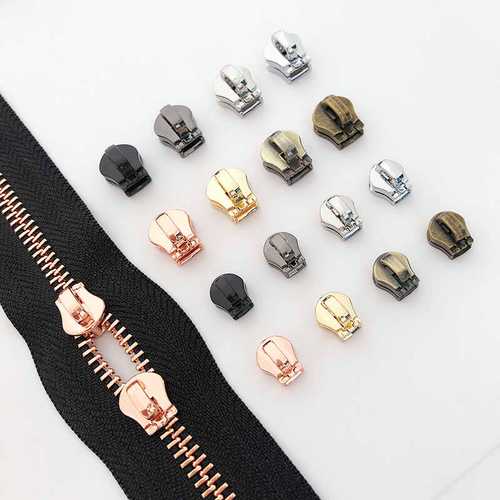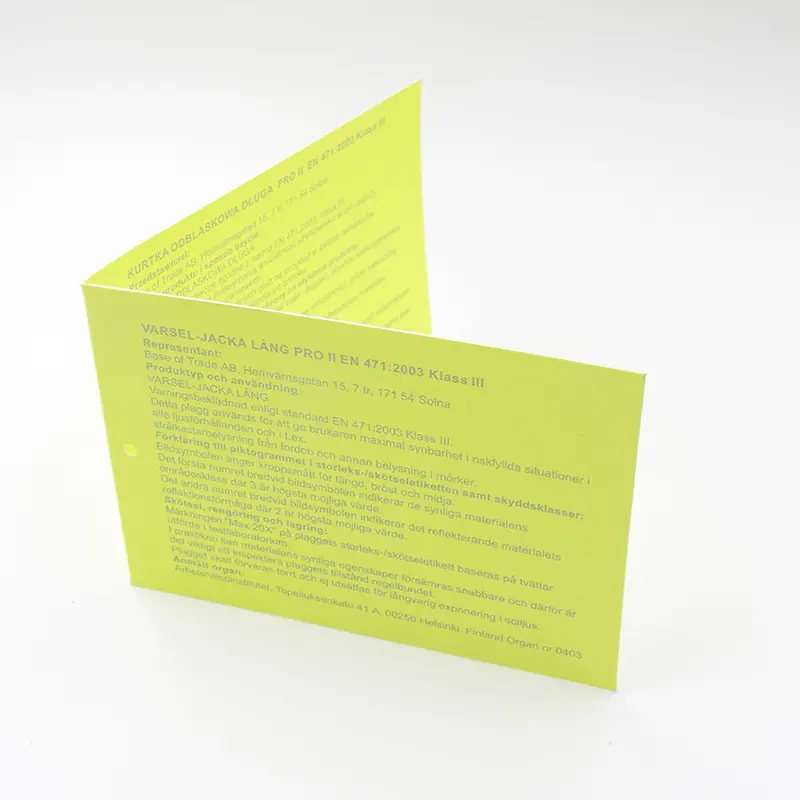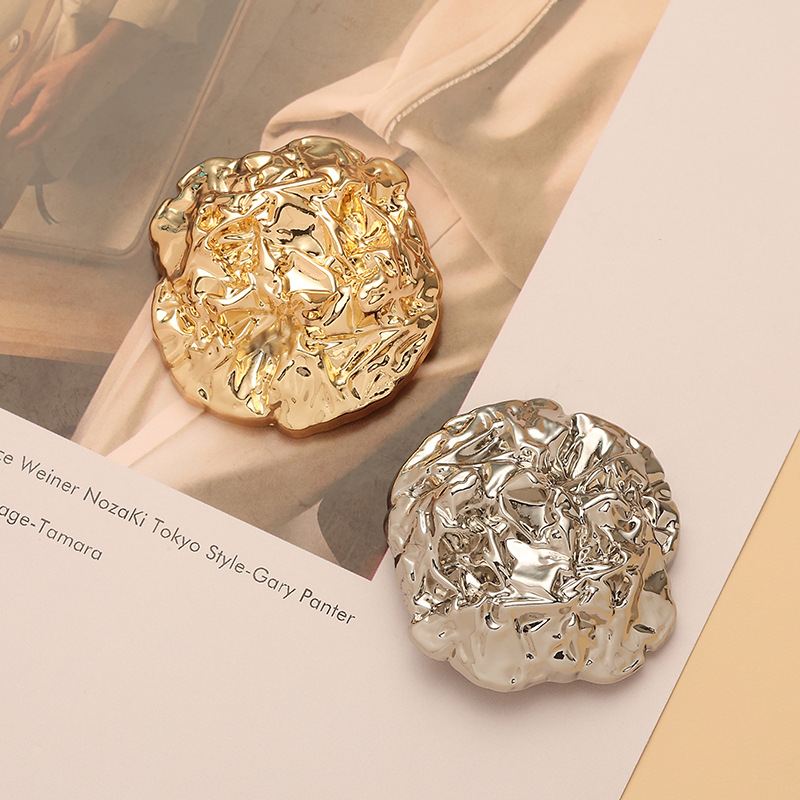How to Read Chinese Clothing Labels in 3 Minutes
Date Time: November 18, 2023
Reading volume: 6379
Author: China LIJIE
Understanding the washing instructions on clothing labels is essential for truly learning how to wash your clothes.
Let's take a look at some knowledge about Chinese clothing labels!
Did you know that clothes are also categorized by safety grades?
According to the "National Basic Safety Technical Specifications for Textile Products," clothing labels indicate three categories: A, B, and C.
Category A refers to infant and toddler products, mainly including textiles used by infants and toddlers under 24 months, such as diapers, underwear, bibs, pajamas, gloves, socks, outerwear, hats, bedding, etc.
Category B includes products directly in contact with the skin, such as chest and abdomen bands, vests, shorts, cotton sweaters, shirts, (summer) skirts, (summer) pants, socks, bed sheets, etc.
Category C includes products not directly in contact with the skin, such as sweaters, outerwear, skirts, pants, curtains, bedspreads, wallpaper, fillings, and linings.
Clothing Materials
Do you understand the advantages and disadvantages of the materials listed on clothing labels? What about the special considerations for washing?
1. Cotton
Advantages: 100% pure cotton, durable, breathable, warm, soft and close-fitting, easy to clean, and not prone to pilling.
Disadvantages: Wrinkles easily, prone to shrinkage and deformation.
Washing method: Cotton fabric has strong alkali resistance and can be washed with various soaps and laundry detergents.
Note: Clothing with 35% cotton + 65% polyester fiber is wearable and easy to clean. Avoid purchasing hoodies with 67.8% polyester fiber + 32.2% cotton, as they are prone to pilling.
2. Polyester Fiber
Advantages: A synthetic fiber that is strong, abrasion-resistant, does not shrink or deform, has excellent color fastness, and does not fade easily.
Disadvantages: Poor moisture absorption, poor heat resistance, susceptible to dust accumulation, poor breathability.
Washing method: Because this fabric is prone to static electricity, adding a proper amount of fabric softener to the wash water can make the clothing softer.
Note: Clothing with 80% polyester fiber + 20% polyamide fiber feels good to touch but is not comfortable to wear.
Washing Symbols
Here's the key information!
In order for consumers to better wash their clothes, international fabric washing symbols have established standard pictorial explanations for the fabric washing industry. Let's take a closer look at the illustrations:
1. Washing Symbols
This symbol indicates that the garment can be machine-washed or hand-washed.

The number represents the maximum water temperature, and the number of lines below indicates the need for gentle

washing—the more lines, the gentler the wash.

2. Dry Cleaning Symbols

This symbol indicates that the garment can be dry-cleaned.

The letters inside the circle represent the type of dry cleaning agent—"F" stands for professional dry cleaning using hydrocarbon solvents, and "P" stands for professional dry cleaning using perchloroethylene solvents.

3. Drying Symbols
This symbol indicates that the garment can be hung out to dry.
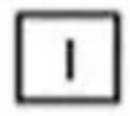
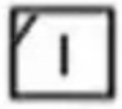

Original reprint note: https://clothinglabelscustom.com/laliangdai.html
























